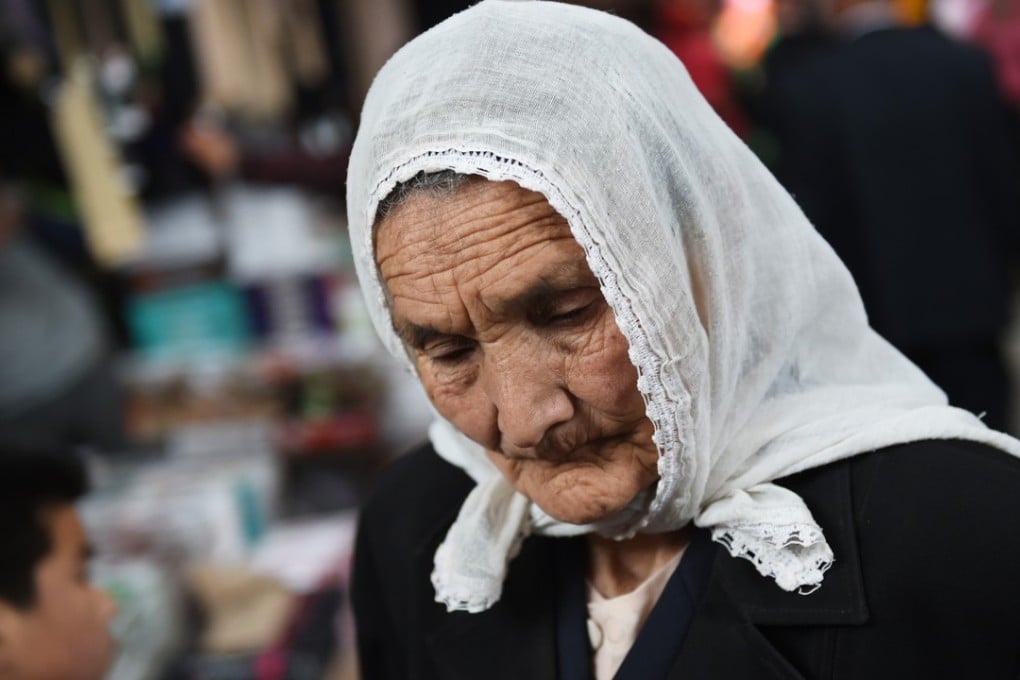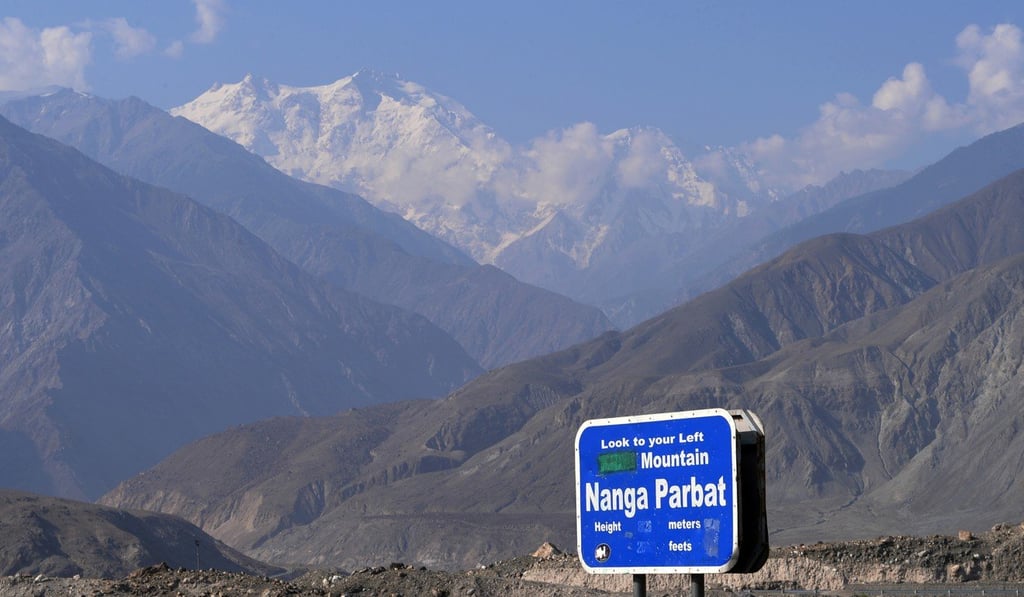How Uygurs and Tibetans found unity in Kashmir
Two Muslim communities who fled persecution in China decades ago have found themselves at the centre of further conflict – this time on the border of Pakistan and India

On the banks of the Jhelum River in downtown Srinagar, capital of Indian-administered Kashmir, stands a nondescript two-storey building. Most people are unaware of the glorious and colourful history behind this pale brown, brick structure.
While some people claim the structure, Yarkand Sarai, was built by the Mughals in the 19th century, others believe it was a gift to the local community from the Dogra rulers in the 18th century.
Either way, like most sarai (marketplaces that doubled as resting places for travellers), its walls have heard tales from across Central Asia, told by the tradesmen who came to exchange their stories along with their goods, many of them from Yarkand, the city that gives the structure its name.
In 1949, this particular sarai became home to a bunch of scared and distraught people who had trekked from Kashgar, a Silk Route outpost near what is now the Afghan border, to Ladakh through the ice-capped Karakoram mountain range that divides present day China and India. About 70 families of Uygurs – a Turkic ethnic group based mainly in China’s far west that practises a branch of Islam – had escaped a clampdown by Beijing on their religion in eastern Turkestan – now China’s Xinjiang (新疆) province – and fled to Kashmir, seeking refuge in the sarai.

The route was not new to the Uygurs. For centuries before their arrival, silk and horse traders had taken that arduous path to the markets of Central Asia. But this time was different. These families had left their homes forever.